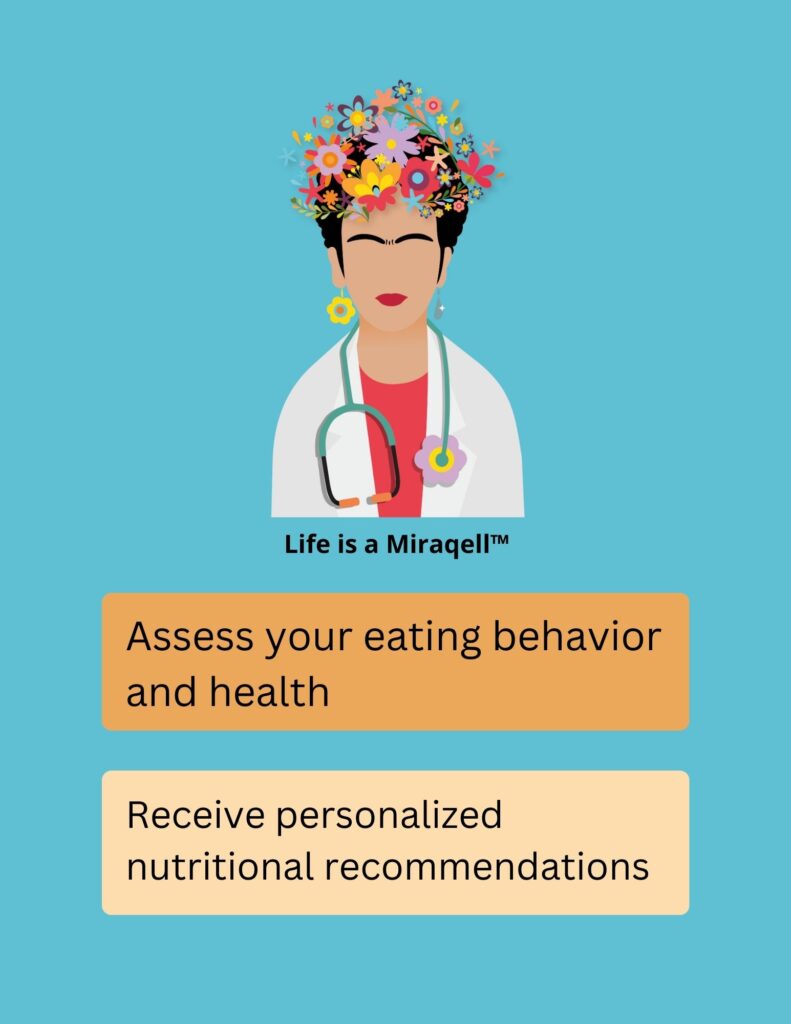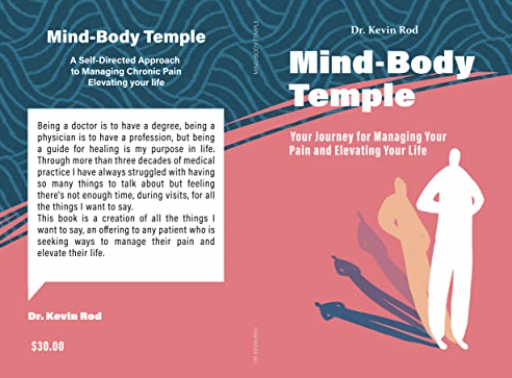What Does Psychosomatic Mean?
“Psychosomatic” is a term used in medicine and psychology to describe a condition or symptom that has both psychological and physical components. It suggests a connection between a person’s mental or emotional state and their physical health. Here are key points to understand about the term “psychosomatic”:
- Mind-Body Connection: Psychosomatic conditions or symptoms imply that mental or emotional factors can influence, exacerbate, or even cause physical health issues. In other words, it highlights the interconnectedness of the mind and body.
- Psychological Origin: In some cases, psychosomatic symptoms may primarily arise from psychological distress or emotional factors. For example, chronic stress, anxiety, or unresolved emotional trauma can manifest as physical symptoms like headaches, stomachaches, or muscle tension.
- No Organic Cause: Psychosomatic symptoms often occur when there is no identifiable organic or physical cause for the symptoms. Medical evaluations may not reveal any underlying disease or structural abnormality to explain the physical complaints.
- Real Symptoms: It’s essential to note that psychosomatic symptoms are not “imagined” or “fake” symptoms. People experiencing psychosomatic symptoms genuinely feel physical discomfort or pain, even though the root cause may be emotional or psychological.
- Treatment Approach: Treatment for psychosomatic conditions typically involves addressing both the psychological and physical aspects. This may include psychotherapy or counseling to address underlying emotional issues, stress management techniques, and sometimes medication to alleviate physical symptoms.
- Common Examples: Common examples of psychosomatic symptoms or conditions include tension headaches, irritable bowel syndrome (IBS), chest pain related to anxiety or panic attacks, and certain skin conditions exacerbated by stress.
- Individual Variability: The way psychosomatic symptoms manifest can vary widely from person to person. Some individuals may be more prone to physical symptoms in response to emotional stress, while others may experience minimal physical impact.
- Holistic Approach: Many healthcare providers advocate for a holistic approach to health, recognizing the importance of both physical and mental well-being in overall health. Addressing psychosomatic symptoms is a part of this approach.
Understanding the concept of psychosomatic symptoms is important in healthcare because it underscores the importance of considering psychological and emotional factors in the assessment and treatment of various health conditions including chronic pain. It highlights the idea that mental health and physical health are interconnected, and addressing both aspects is often necessary for comprehensive care.














